Looks like seaweed isn’t the only ocean organism used to make ice cream a special treat these days, particularly if its glow-in-the-dark ice cream. Charlie Francis, British ice cream creator, partnered with a Chinese scientist interested in understanding the nuances of jellyfish proteins, to synthesize the fluorescent jellyfish protein specifically for use as part of an ice cream flavor. Francis and his partner recreated the luminescent protein to construct a specialized calcium-activated protein that only glows in the dark once you lick it. And, the more you lick it the more it glows. No jellyfish were harmed in the making of this ice cream flavor. Is it safe to taste? Francis tasted it and said “I tried some and I don’t seem to be glowing anywhere” How much is a scoop? $220. Would you try it?

Check out the ‘Lick Me, I’m Delicious’ Facebook page to learn more about all of Francis’ creations here: https://www.facebook.com/lickmeimdelicious
Under normal, non-dairy related circumstances, jellyfish protein glow when the photoprotein aequorin interacts with seawater to produce a light (i.e., green florescent protein or GFP). Why do animals and plants glow in the dark? Find out here.
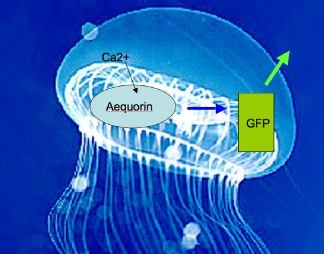

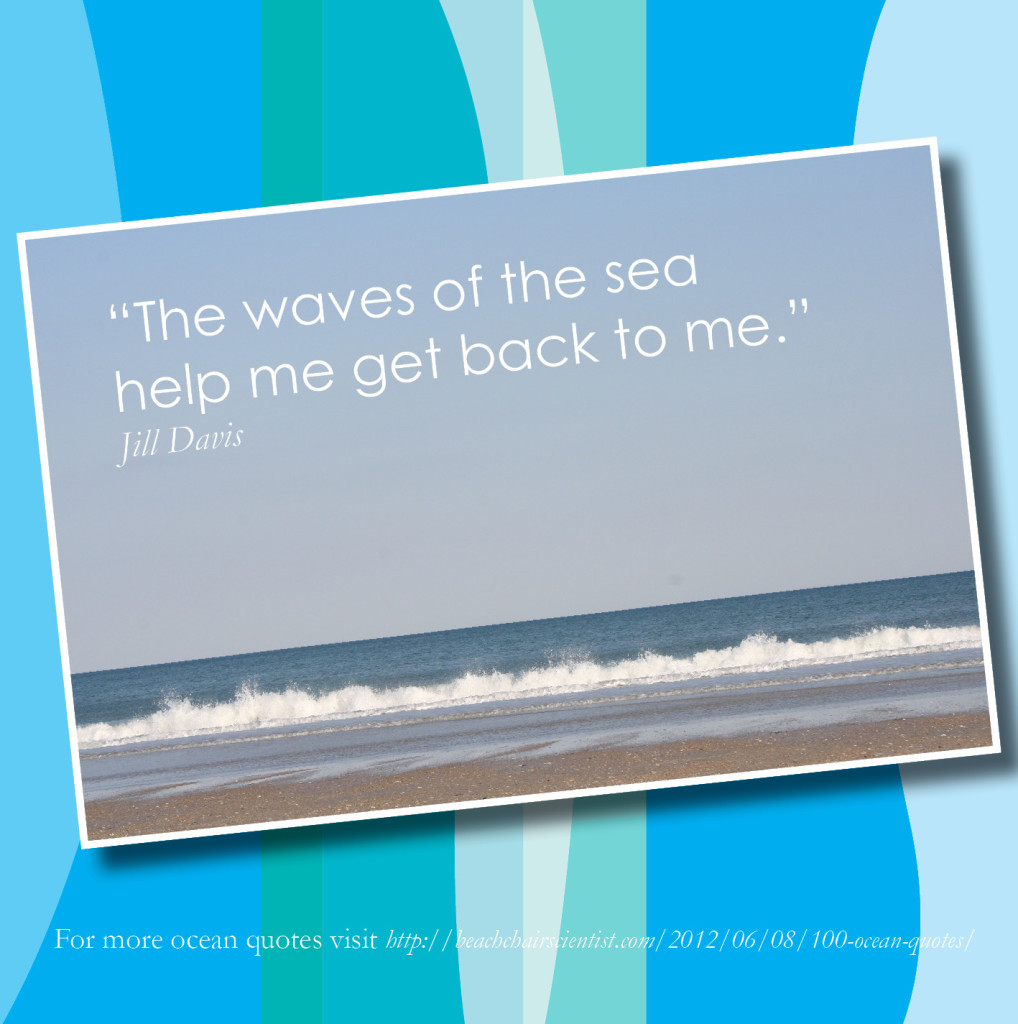
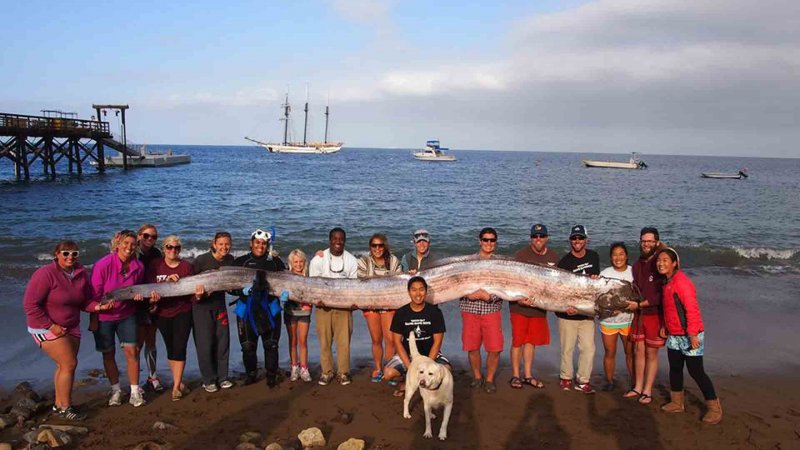


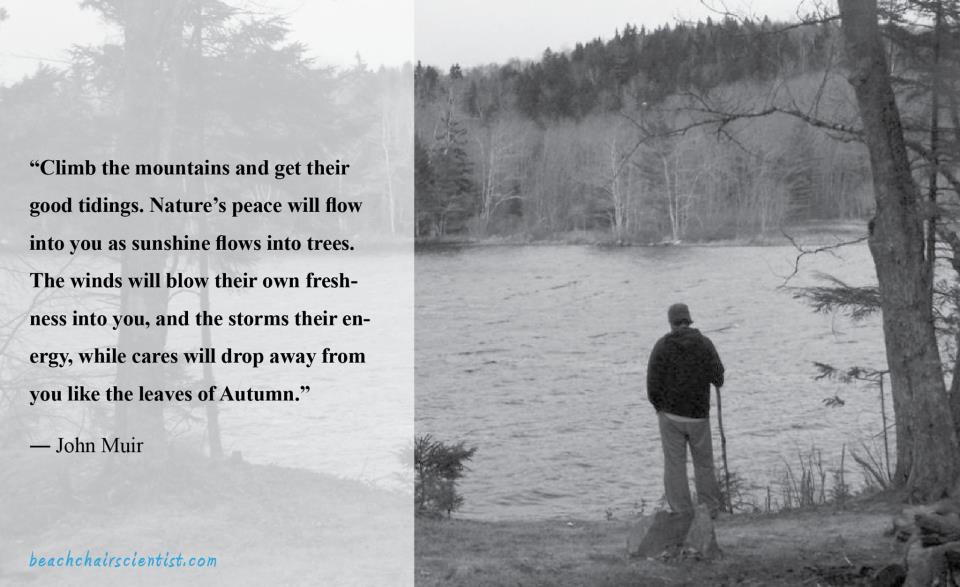
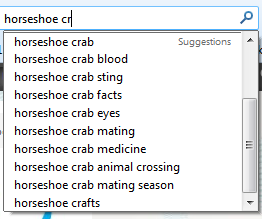
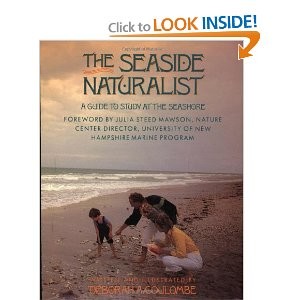
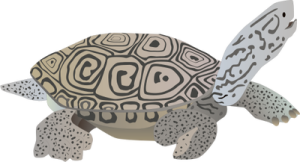
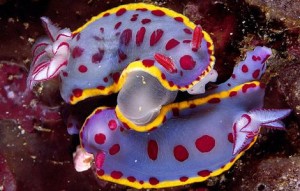
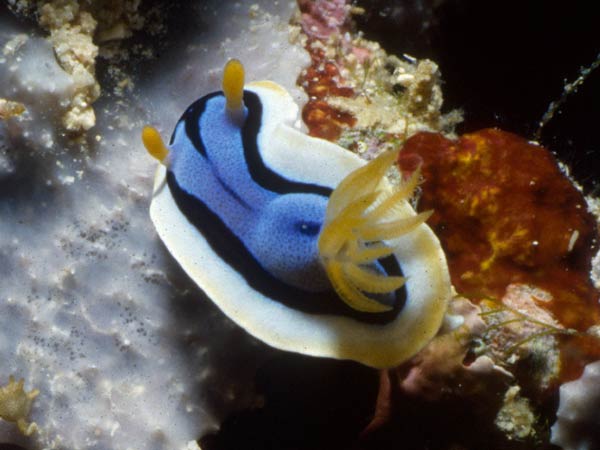
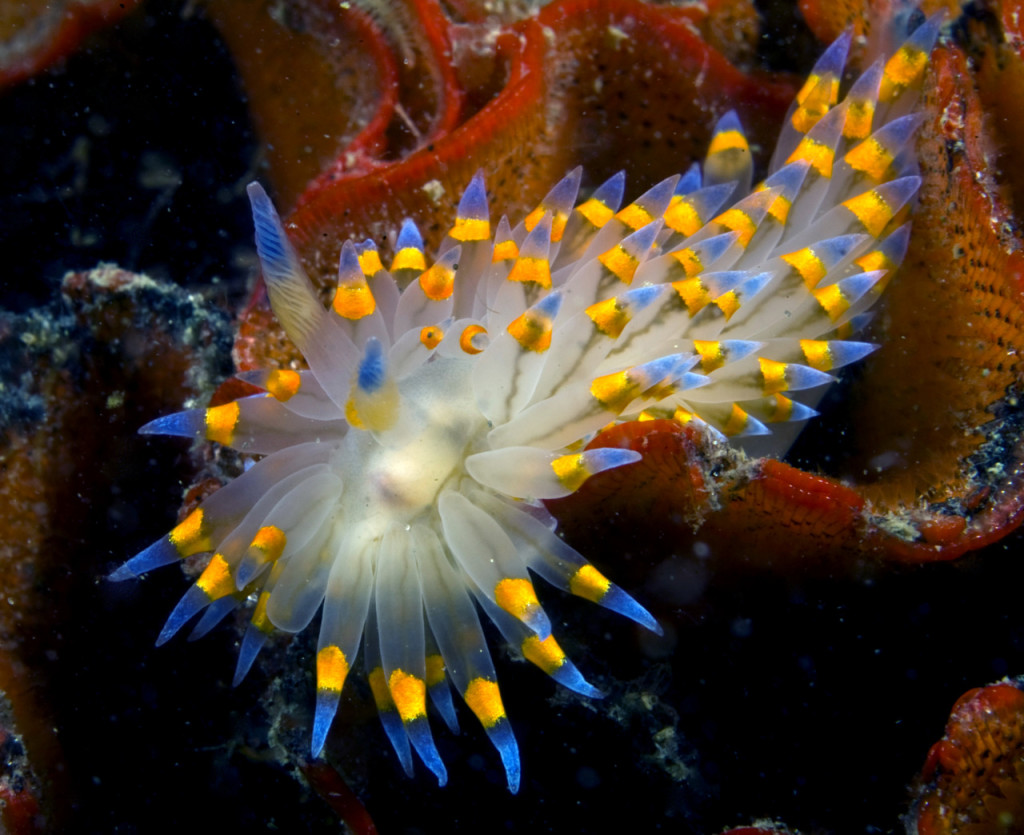
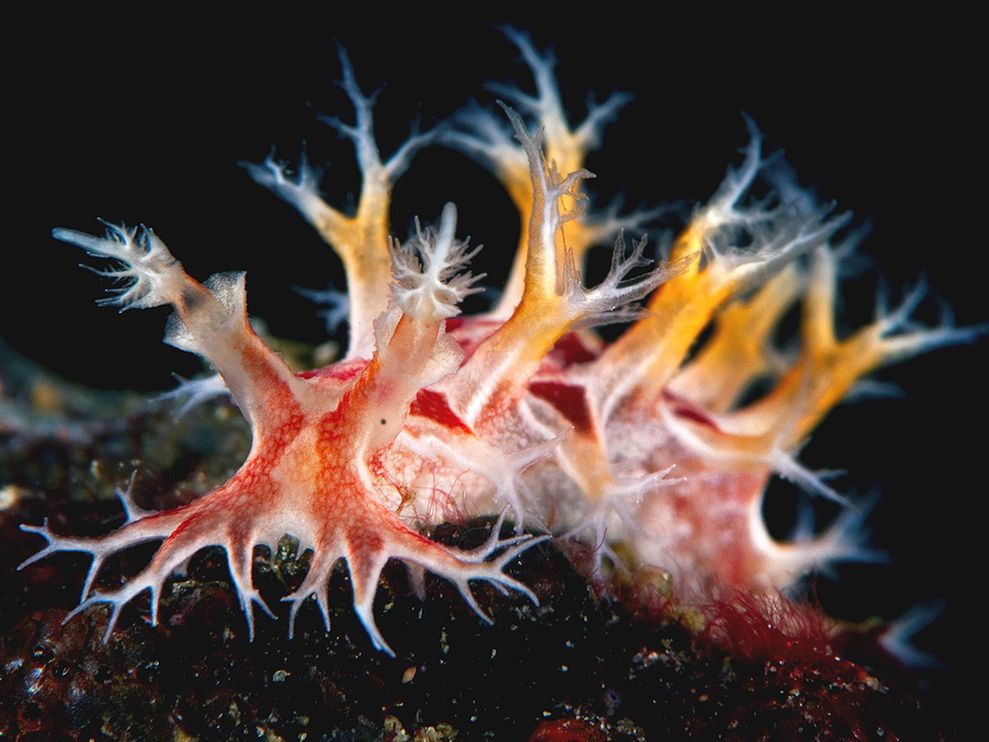








What people are saying …